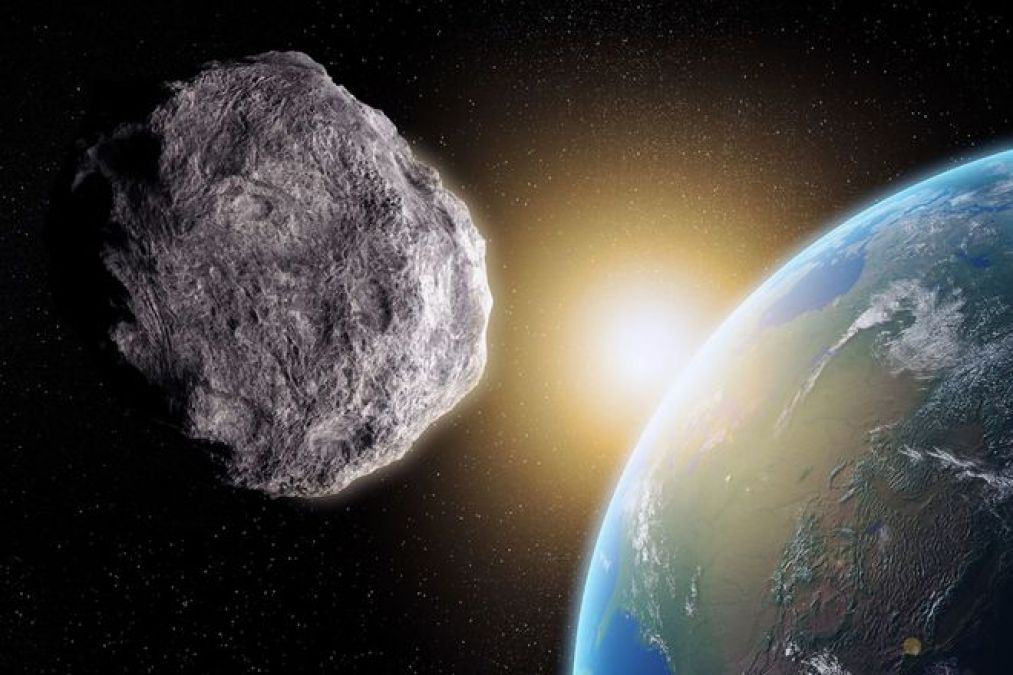
The first planetary exercises to work out a scenario of a possible collision of the Earth with a huge asteroid failed. Scientists and engineers from NASA have failed to prevent the “coming Armageddon.” Although there is still some success - they have managed to seriously reduce its scale, reports the BBC.
The essence of the experiment was as follows. Scientists have modeled a situation in which an asteroid called 2019 PDC with a diameter of about 300 meters approached Earth. According to the scenario, it was discovered eight years before a potential collision (that is, the catastrophe was to occur on April 27, 2027). From the very beginning, scientists estimated the probability of a collision to be 0.00002%, but as the trajectory was refined, “they understood that this collision was inevitable.”
The specialists also created a so-called risk corridor - a place of the probable impact that covered more than half of the globe: from the Hawaiian islands at the western end, then through the USA and the Atlantic Ocean to the central and southern parts of Africa at the eastern end.
In the run-up to the catastrophe, a group of scientists had to not only figure out how to avoid a collision but also how to coordinate work, where to look for funding and how best to communicate the threat to people. For this, astronomers were divided into several groups.
As a result of the experiment, space agencies from the United States, Russia, Japan, China, and the European Union "managed to agree on the creation of six anti-asteroid rams" - probes that were supposed to crash into the space body, changing its course. The parties would have to implement this project until August 2024.
But during the experiments, it turned out that only three shells managed to get into the asteroid. Although the asteroid deviated from the dangerous course, a fragment about 60 meters in diameter fell off from it, which “burst” into the Earth’s atmosphere at a speed of 19 km / s and “exploded” on April 29, 2027, over the central part of New York. The US government wanted to “blow up” it with a nuclear bomb, “but political differences prevented the implementation of the plan.”
As a result of the “fall” of the hot stone, the explosion energy was about 20 megatons TNT equivalent, which is more than a thousand times more powerful than the nuclear charge dropped on Hiroshima in due time.